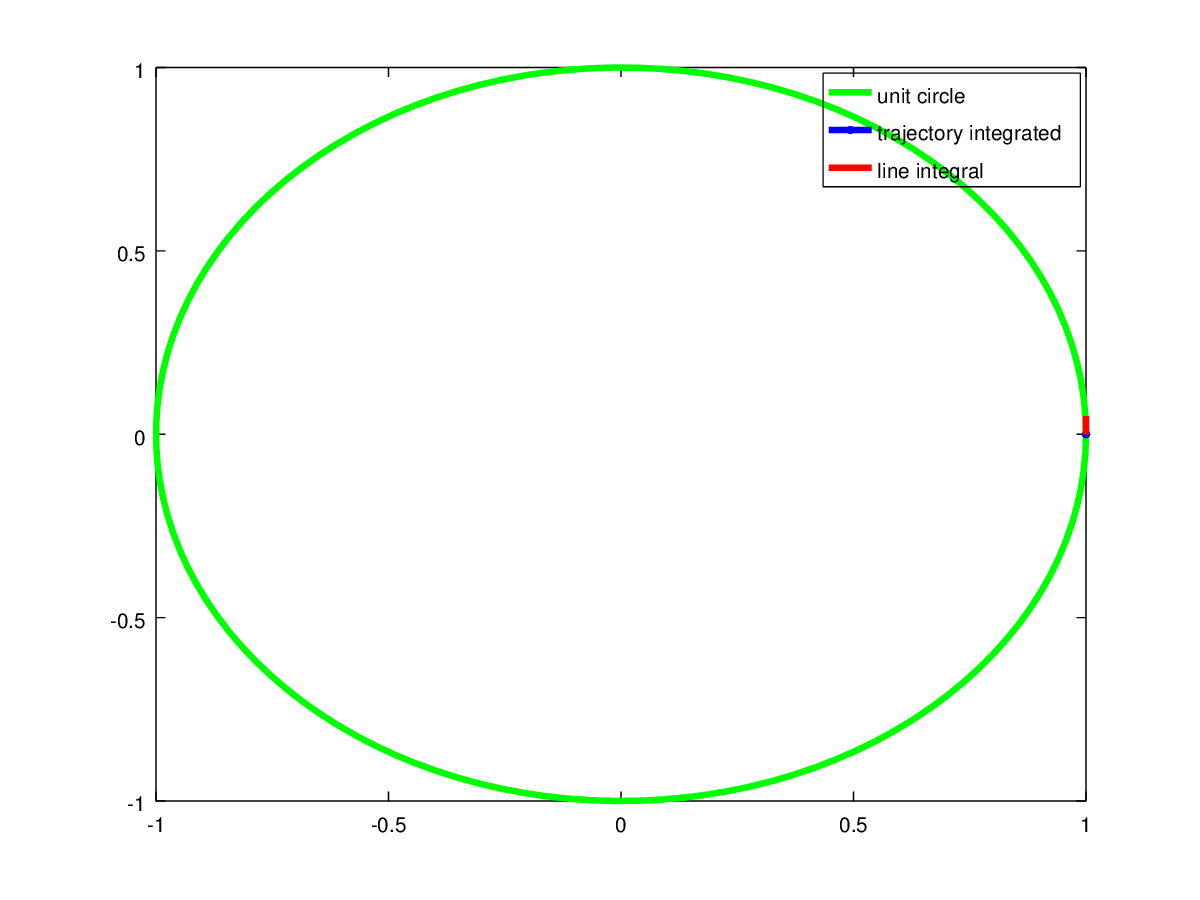I recently studied about polar coordinates. One thing I fail to get is how $\hat{\theta}$ is related to $\theta$. In polar coordinates there are two directions one is radial and another one is perpendicular to radial direction, now radial direction is related to radius(can be treated as vector) but the problem is the angle part of (r,$\theta$) is scalar, how do a unit vector get assigned to it and moreover perpendicular to radial direction. Or is $\hat{\theta}$ not related $\theta$? I'm just not able to get an intuition behind it. I've assumed that (r,$\theta$) defines position so the angle part is not angular displacement(a vector) and even if it is the angular displacement how come it is in the plane and not perpendicular to the plane?
Direction of $\hat{\theta}$ in polar coordinates
coordinate systemspolar coordinatesvectors

Best Answer
A coordinate system in the plane is a function that takes as input a pair of real numbers, and gives as output a point in the plane. Writing it using symbols, the polar coordinate function $p$ looks like $p(r,\theta)=(r,\theta)$, which looks a bit silly. I want to to keep in mind the above interpretation when you read it, though: The $r$ and $\theta$ on the left-hand side is a pair of real numbers, the $(r,\theta)$ on the right is a point in the plane.
With this out of the way, let's move over to the local basis vectors. They are simply defined as the partial derivatives of $p$. For instance, the basis vector $\hat r$ at a point $p(r,\theta)$ is defined as $$ \frac{\partial p}{\partial r}(r,\theta) $$ which makes sense: this is a vector that points in the direction of increasing $r$. It points along the coordinate grid. If you're having trouble visualizing this, take the time to draw the vectors $$ \frac{p(r+h,\theta)-p(r,\theta)}h $$ for a few small values of $h$, like $1, \frac12$ and $\frac14$ at some arbitrary point in the plane. This should make it very clear how $\hat r$ can be defined like that.
Now do the same to $\hat \theta$, and see what you get. Take the partial derivative of $p$ with respect to $\theta$. Or draw the vectors $$ \frac{p(r,\theta + h)-p(r,\theta)}h $$ and see what happens. You will get a vector of length $r$ that points counterclockwise around the origin, perpendicular to $\hat r$.
Note that with this definition, the local basis vectors will not have unit length. Some like to have unit length on their basis vectors, which you can get by simply dividing the partial derivatives with their respective lengths. However, ultimately this will make calculus troublesome as you will always have to scale them back to this more natural length before you use them for anything. I prefer the definition presented here.